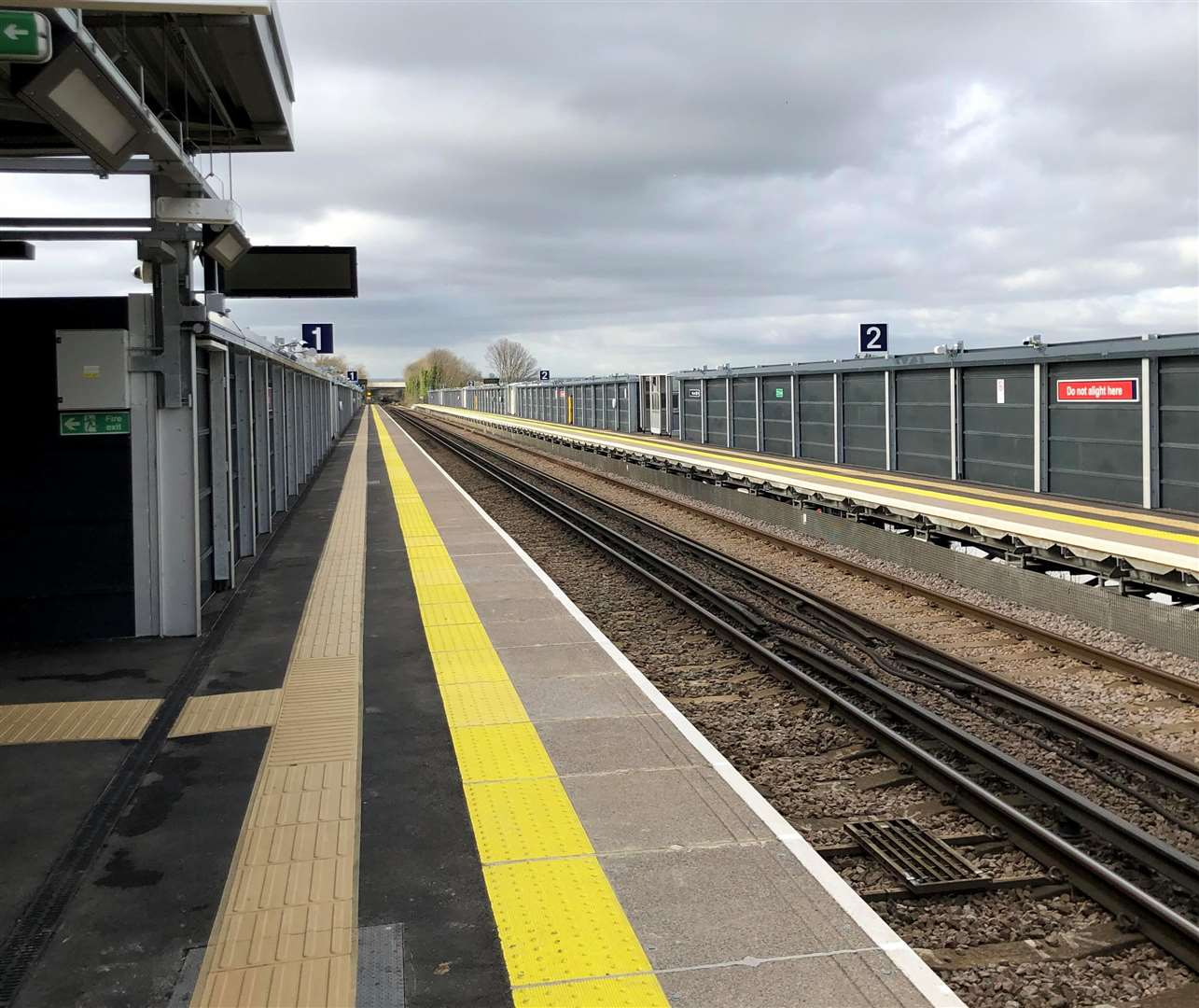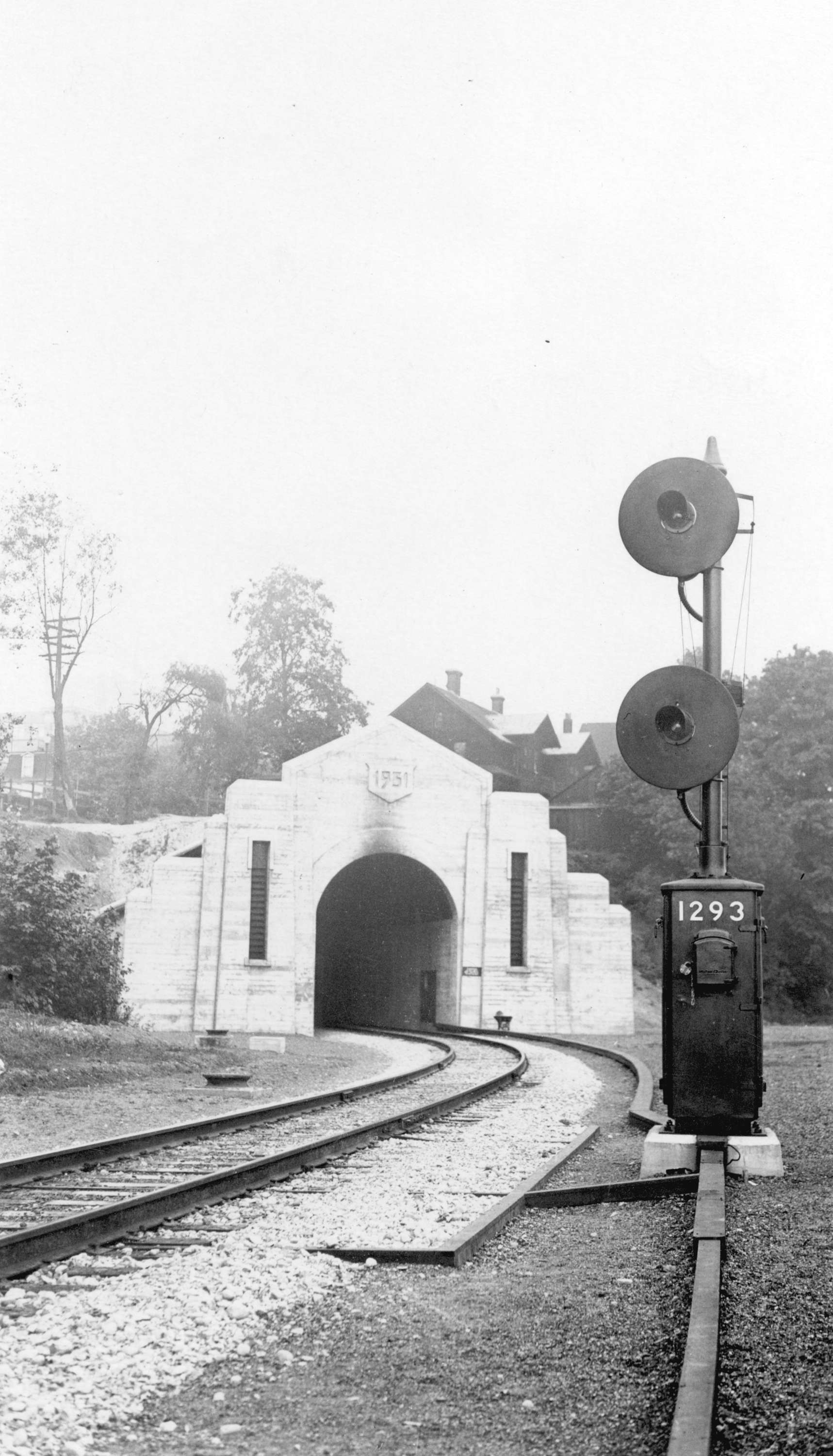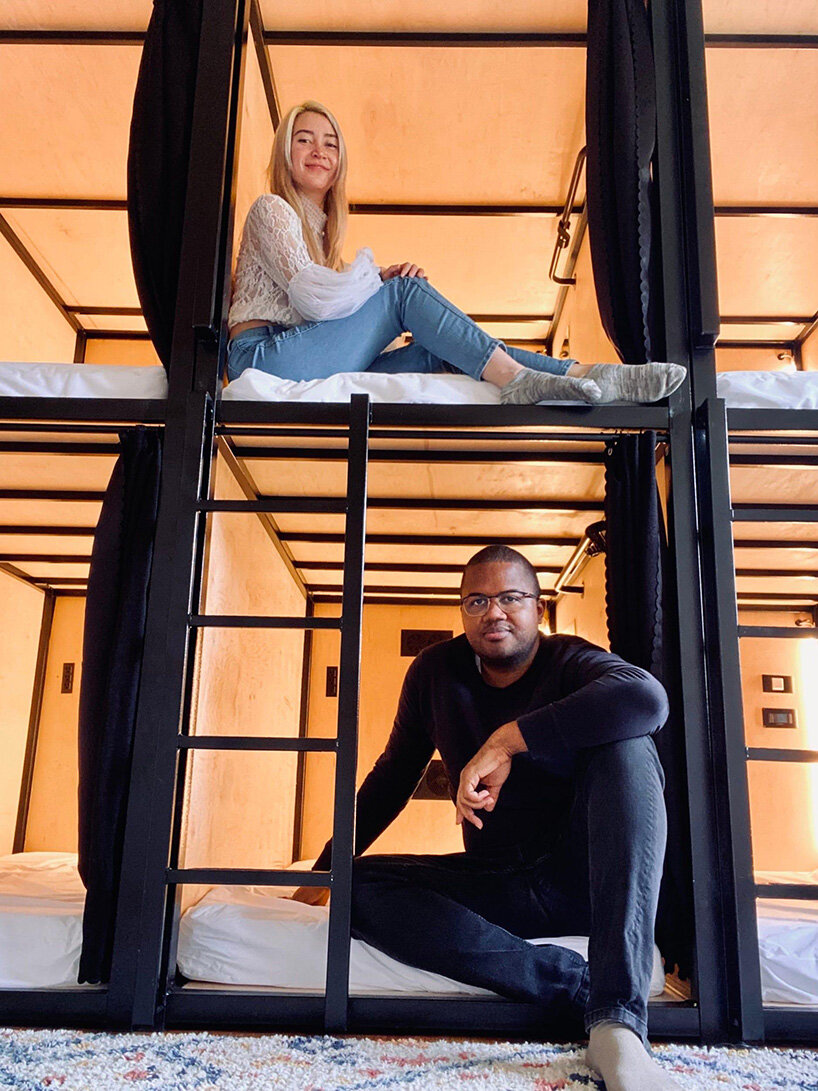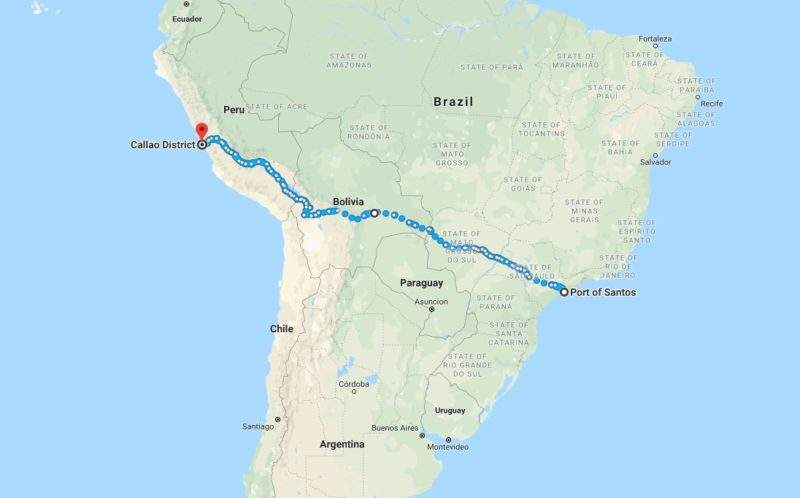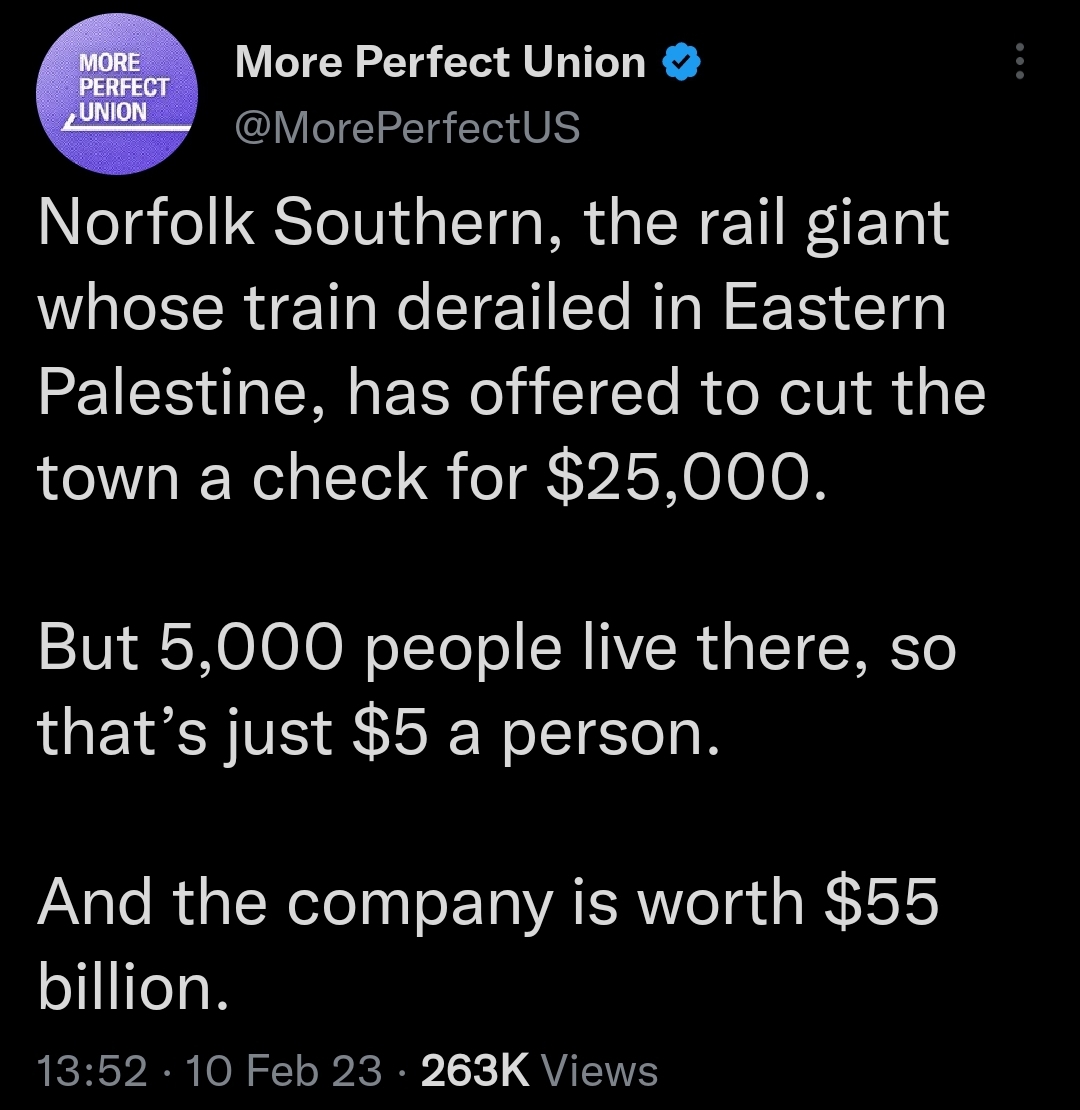Commuter rail, or suburban rail, is a passenger rail transport service that primarily operates within a metropolitan area, connecting commuters to a central city from adjacent suburbs or commuter towns. Commuter rail systems are considered heavy rail, using electrified or diesel trains. Distance charges or zone pricing may be used.
The term can refer to systems with a wide variety of different features and service frequencies, but is often used in contrast to rapid transit or light rail.
Some services share similarities with both commuter rail and high-frequency rapid transit, examples being the German S-Bahn in some cities, the Réseau Express Régional (RER) in Paris, the S Lines in Milan, many Japanese commuter systems, the East Rail line in Hong Kong and some Australasian suburban networks, such as Sydney Trains. Some services, like British commuter rail, share tracks with other passenger services and freight.
In North America, commuter rail sometimes refers only to systems that primarily operate during peak periods and offer little to no service for the rest of the day, with regional rail being used to refer to systems that offer all-day service
Most commuter (or suburban) trains are built to main line rail standards, differing from light rail or rapid transit (metro rail) systems by:
- being larger
- providing more seating and less standing room, owing to the longer distances involved
- having (in most cases) a lower frequency of service
- having scheduled services (i.e. trains run at specific times rather than at specific intervals)
- serving lower-density suburban areas, typically connecting suburbs to the city center
- sharing track or right-of-way with intercity and/or freight trains
- not fully grade separated (containing at-grade crossings with crossing gates)
- being able to skip certain stations as an express service due to normally being driver controlled
Compared to rapid transit (or metro rail), commuter/suburban rail often has lower frequency, following a schedule rather than fixed intervals, and fewer stations spaced further apart. They primarily serve lower density suburban areas (non inner-city), generally only having one or two stops in a city's central business district, and often share right-of-way with intercity or freight trains.
Track
Their ability to coexist with freight or intercity services in the same right-of-way can drastically reduce system construction costs. However, frequently they are built with dedicated tracks within that right-of-way to prevent delays, especially where service densities have converged in the inner parts of the network.
Most such trains run on the local standard gauge track. Some systems may run on a narrower or broader gauge. Examples of narrow gauge systems are found in Japan, Indonesia, Malaysia, Thailand, Taiwan, Switzerland.
Some of the Commuter rail systems around the world
In Japan, commuter rail systems have extensive network and frequent service and are heavily used. In many cases, Japanese commuter rail is operationally more like a typical metro system (frequent trains, an emphasis on standing passengers, short station spacings) than it is like commuter rail in other countries. Japanese commuter rail commonly interline with city center subway lines, with commuter rail trains continuing into the subway network, and then out onto different commuter rail systems on the other side of the city.
Commuter rail systems have been inaugurated in several cities in China such as Beijing, Shanghai, Zhengzhou, Wuhan, Changsha and the Pearl River Delta. With plans for large systems in northeastern Zhejiang, Jingjinji, and Yangtze River Delta areas. The level of service varies considerably from line to line ranging high to near high speeds. More developed and established lines such as the Guangshen Railway have more frequent metro-like service.
The two MTR lines which are owned and formerly operated by the Kowloon-Canton Railway Corporation, and MTR's own Tung Chung line connect the new towns in New Territories and the city centre Kowloon together with frequent intervals, and some New Territories-bound trains terminate at intermediate stations, providing more frequent services in Kowloon and the towns closer to Kowloon. Most of the sections of these four lines are overground and some sections of the East Rail Line share tracks with intercity trains to mainland China.
In South Korea, the Seoul Metropolitan Subway includes a total of 22 lines, and some of its lines are suburban lines. This is especially the case for lines operated by Korail, such as the Gyeongui-Jungang Line, the Gyeongchun Line, the Suin-Bundang Line, or the Gyeonggang Line.
In Indonesia, the KRL Commuterline is the largest commuter rail system in the country, serving the Greater Jakarta. It connects the Jakarta city center with surrounding cities and sub-urbans in Banten and West Java. In July 2015, KA Commuter Jabodetabek served more than 850,000 passengers per day, which is almost triple of the 2011 figures, but still less than 3.5% of all Jabodetabek commutes.
In the United States, Canada, Costa Rica, El Salvador and Mexico regional passenger rail services are provided by governmental or quasi-governmental agencies, with the busiest and most expansive rail networks located in the Northeastern US, California, and Eastern Canada. Most North American commuter railways utilize diesel locomotive propulsion, with the exception of services in New York City, Philadelphia, Chicago, Denver, and Mexico City; New York's commuter rail lines use a combination of third rail and overhead wire power generation, while Chicago only has two out of twelve services that are electrified.
The five major cities in Australia have suburban railway systems in their metropolitan areas. These networks have frequent services, with frequencies varying from every 10 to every 30 minutes on most suburban lines, and up to 3–5 minutes in peak on bundled underground lines in the city centres of Sydney, Brisbane, Perth and Melbourne. The networks in each state developed from mainline railways and have never been completely operationally separate from long distance and freight traffic, unlike metro systems. The suburban networks are almost completely electrified.
Megathreads and spaces to hang out:
reminders:
- 💚 You nerds can join specific comms to see posts about all sorts of topics
- 💙 Hexbear’s algorithm prioritizes struggle sessions over upbears
- 💜 Sorting by new you nerd
- 🌈 If you ever want to make your own megathread, you can go here nerd
- 🐶 Join the unofficial Hexbear-adjacent Mastodon instance toots.matapacos.dog
Links To Resources (Aid and Theory):
Aid:
Theory:
